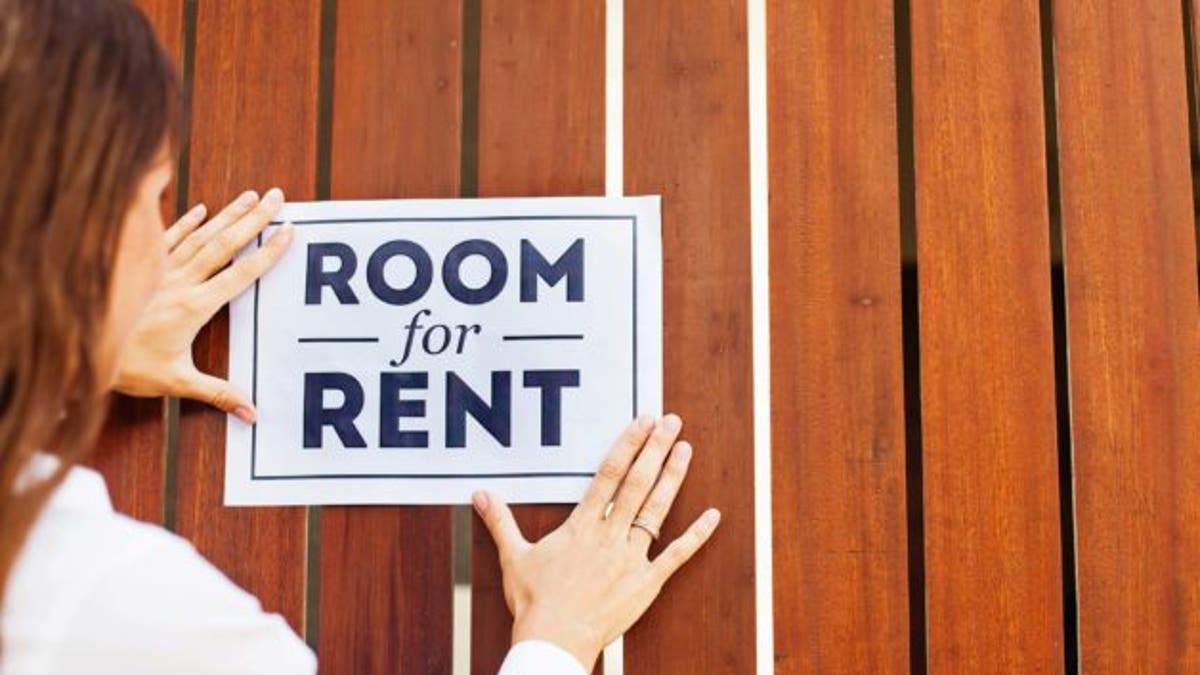
room-for-rent
Need to scrounge up some extra cash? Then it may be the perfect time to learn how to rent out a room in your house. Unless your mortgage terms or your HOA says differently, taking on a boarder is perfectly legal and, for some homeowners, an excellent way to make a little income on the side. But it isn’t as easy as posting a “For Rent” sign and collecting a check every month. There’s a lot you’ll have to consider first.
Step No. 1: How to become a landlord
If you’re just renting out the spare room or the space above the garage, you may not feel like a true landlord; however, in the eyes of the law, you will be one. That means you should learn exactly how to be a landlord, and follow all the tenant laws in your state. They include making repairs in a timely manner, respecting the tenant’s privacy, and providing a peaceful place to live.
Before you decide, look up the landlord and tenant laws in your state—available at Landlordology.com, NOLO.com, and Municode.com—and see if your lifestyle will mesh well with having an in-house tenant. For example, if you’re often up and about during the late hours, that could cause problems with a tenant who wants to retire early.
More From Realtor.com
You’ll also need adequate financial backing to deal with the issues that can and will come up with being a landlord.
Ask yourself: “Is your house in good enough shape to be renting it out? Do you have the means to make any necessary repairs that might come up?” says Brad Twiss, a licensed broker and tenant services manager at Living Room Property Management in Portland, OR.
Step No. 2: How to find roommates
While you’ll legally be a landlord, you will also technically be a roommate since you’ll be living in such close quarters. And that means you’ll have to choose those tenant/roomies carefully, or else face some friction in your life.
“By renting out a room in your home, you’re becoming not only a landlord but a roommate as well,” says Twiss. “This is a personal choice—are you ready to share your personal space with someone else? Is the potential rental income worth the headache of sharing your home with a potential stranger?”
Generally speaking, finding roommates is easy: You can post that you have a room to rent out on your social networks, college alumni organizations, and other venues. But remember to screen any potential applicants carefully, even if you know them.
“You should screen them for their credit and criminal background (where allowed by law). I recommend using a consumer-focused service like cozy.co, which is free of charge for landlords,” says Twiss.
Step No. 3: How to draft a lease
You could get by with a verbal agreement, but you shouldn’t. Verbal agreements rarely hold up in court for either party. Instead, create a lease agreement you both can sign. Not sure how to do that? Your local housing authority or a consumer attorney in your area can help you get started. Or you could download a sample lease at mrlandlord.com/lease.
You should also ask for a refundable security deposit. That way you’re protected just in case something does go wrong, but be sure to check the rules before you demand the cash. Some states put a cap or other requirements on security deposits (e.g., the deposit must be kept in an interest-bearing account until the lease is up).
The post Need Cash? How to Rent Out a Room in Your House appeared first on Real Estate News & Advice | realtor.com®.